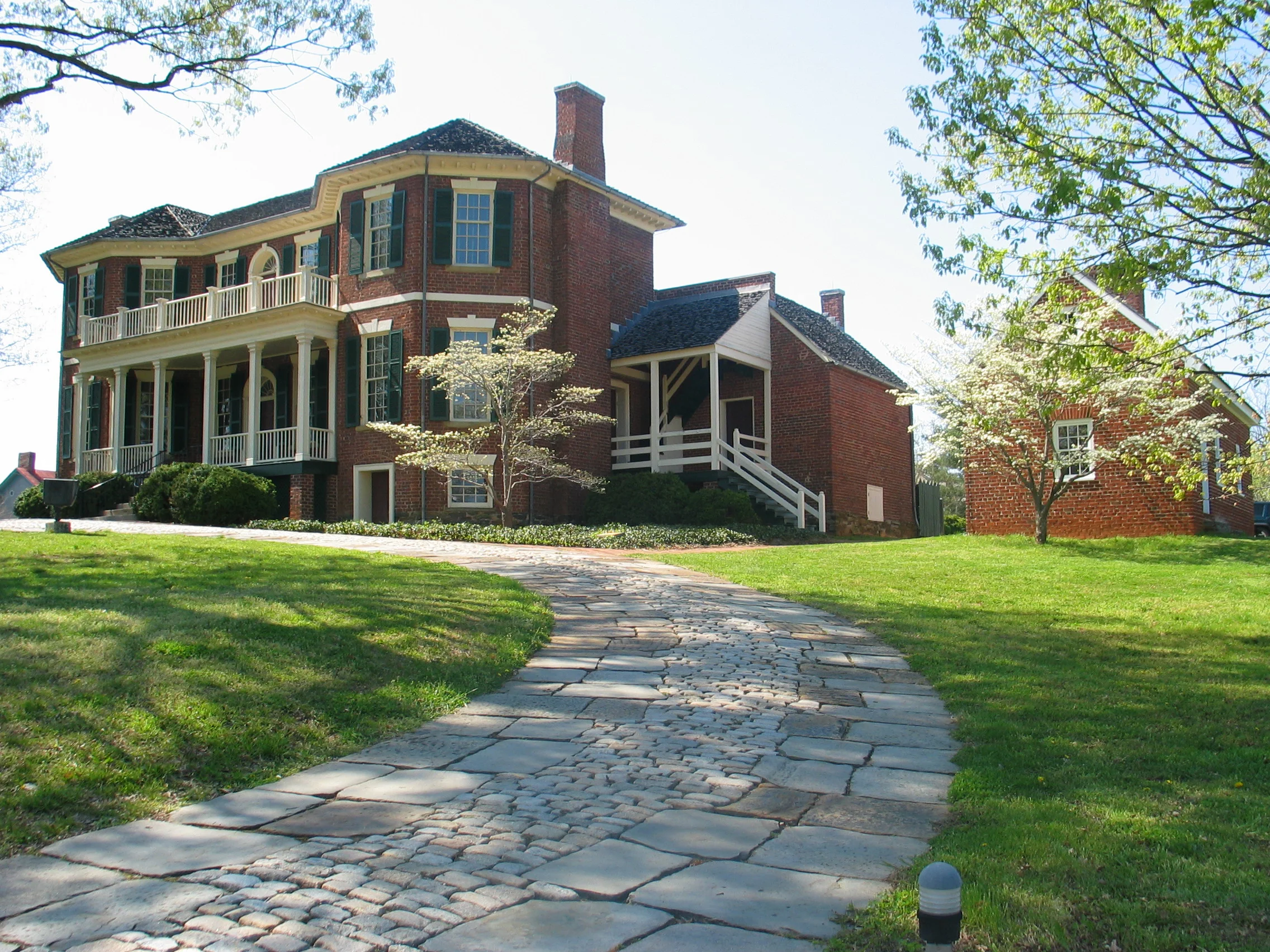Constructed around 1838, the Diggs Gallery at Point of Honor serves as rotating exhibit space and provides visitors an opportunity to view Point of Honor's orientation video. Currently the gallery features Medicine in Early Virginia, which explores the diseases suffered by early Virginians and the medical treatments available to Dr. George Cabell and his peers. Instruments such as amputation saws, trephines, and lancets are among the artifacts exhibited along with medicinal herbs, leeches, and medical manuals of the day.
While Dr. Cabell graduated from the best medical school of his time, the College of Philadelphia, doctors then still believed in the ancient "Theory of Humors," which held that there were four humors (liquids) in the body: blood, phlegm, yellow bile, and black bile. People where thought to be healthy when all of the humors were in balance. If the humors were out of balance, the physician would use medicine or techniques to build up a deficiency or extract excessive fluids including bloodletting.
Katherine Garland Diggs
1885–1971
Born into families with long historic ties to the Hill City, Katharine Garland Diggs was a Lynchburg public school teacher for many years and had an abiding interest in local history, architecture, and antiques. In 1951 she wrote her will, which included a large bequest for the establishment of a public museum in the City of Lynchburg. At that time, there was no permanent local history museum in the city. This is the seed from which Point of Honor has grown.
After her death in 1971, her trustees worked with the City and others to acquire Point of Honor and begin its restoration. Opened to the public in 1978, Diggs's gift continues to educate all who visit here. This gallery, located in the original “doctor’s office” beside the main house, is named in her honor and memory.
Diggs’s ashes were buried in her family plot in Lynchburg’s Presbyterian Cemetery.

